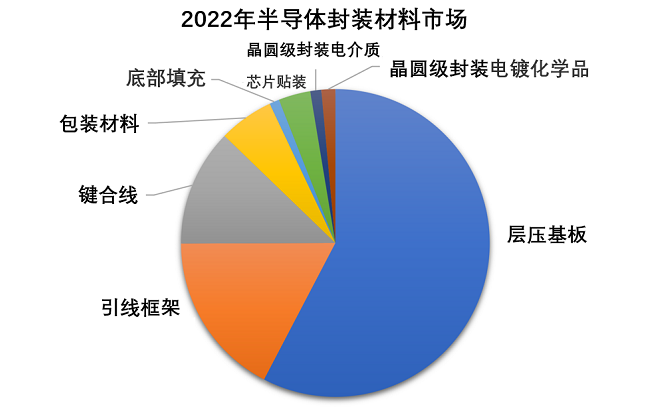Recently, TECHCET released its latest outlook for the semiconductor packaging material market, which is expected to total approximately $26.1 billion in 2022 and reach $30 billion by 2027.
Due to the expected slowdown in the entire semiconductor industry, packaging materials are expected to decline by approximately 0.6%. However, in the second half of 2023, the market is expected to recover and achieve growth in 2024, resulting in a 5% increase in revenue for the year.

TECHCET stated that since 2020, packaging materials have experienced strong shipments and revenue growth. The changes in end market demand, coupled with tight supply chains and logistics constraints, have led to an increase in material prices throughout the entire supply chain. In addition, many material departments are limited in terms of available production capacity. Due to the pressure of rising costs, many suppliers have restricted investment related to production capacity. The supply chain and logistics limit the speed at which suppliers can expand their production capacity.
The upward trend in packaging material prices has completely reversed the price reduction trend of over a decade, largely due to pressure from equipment manufacturers and OSAT. Reducing costs has become a catchphrase for limiting material suppliers' investment in production capacity. These demand driven price increases have driven packaging material revenue growth of over 15% in 2020 and over 20% in 2021. As long as raw material and energy costs continue to remain high and suppliers remain cautious in their capacity expansion plans, current prices are expected to remain unchanged.
In addition, wafer level packaging, flip chip packaging, and heterogeneous integration are the main driving forces for the development of the new materials field. The biggest application of wafer level packaging is still mobile electronics, but other application scenarios, such as the automotive industry, are also growing rapidly. Flip chip interconnection is still showing strong growth in high-performance computing, high-frequency communication, and other applications, with the increasing use of copper pillar interconnection technology.

